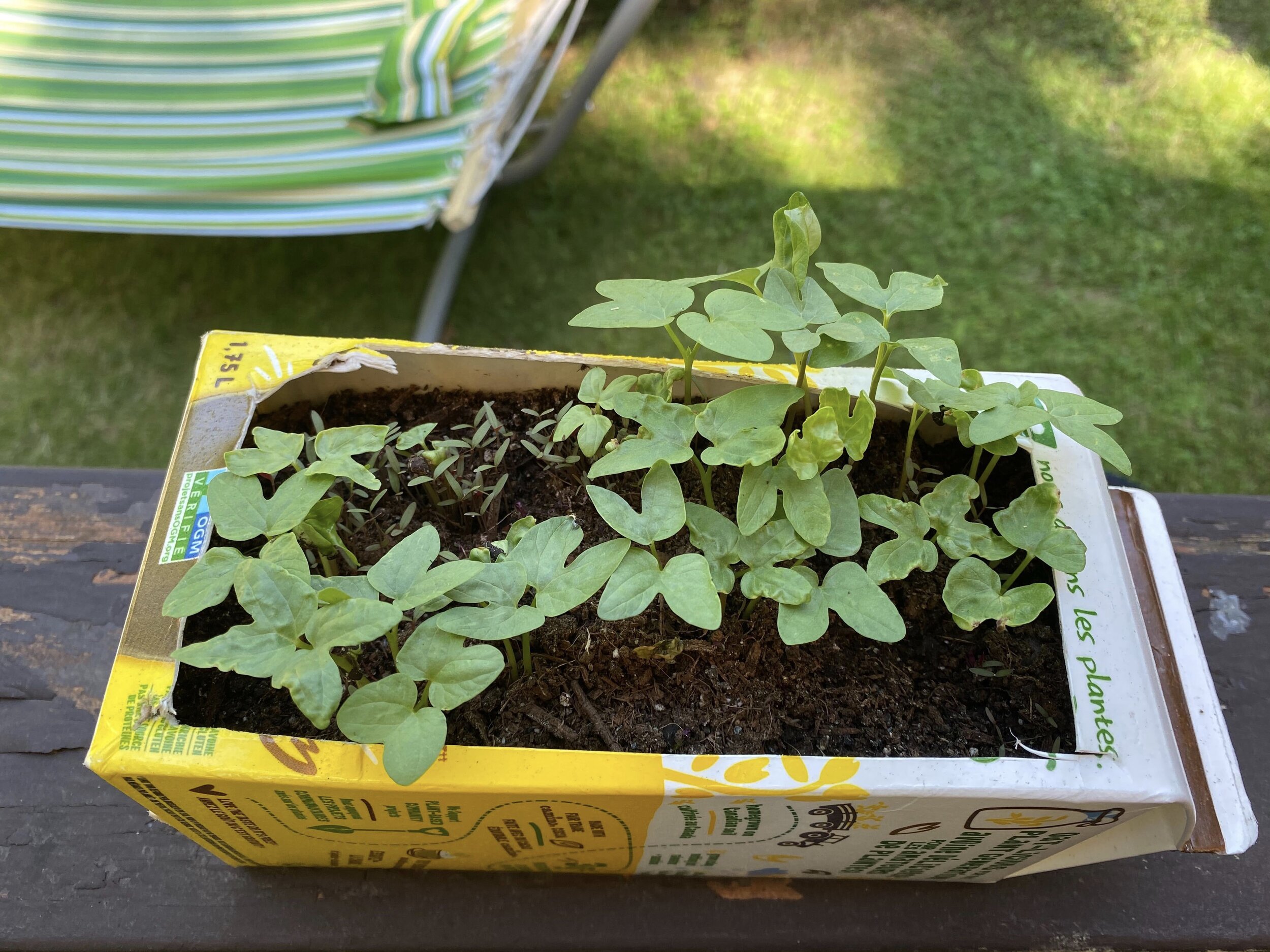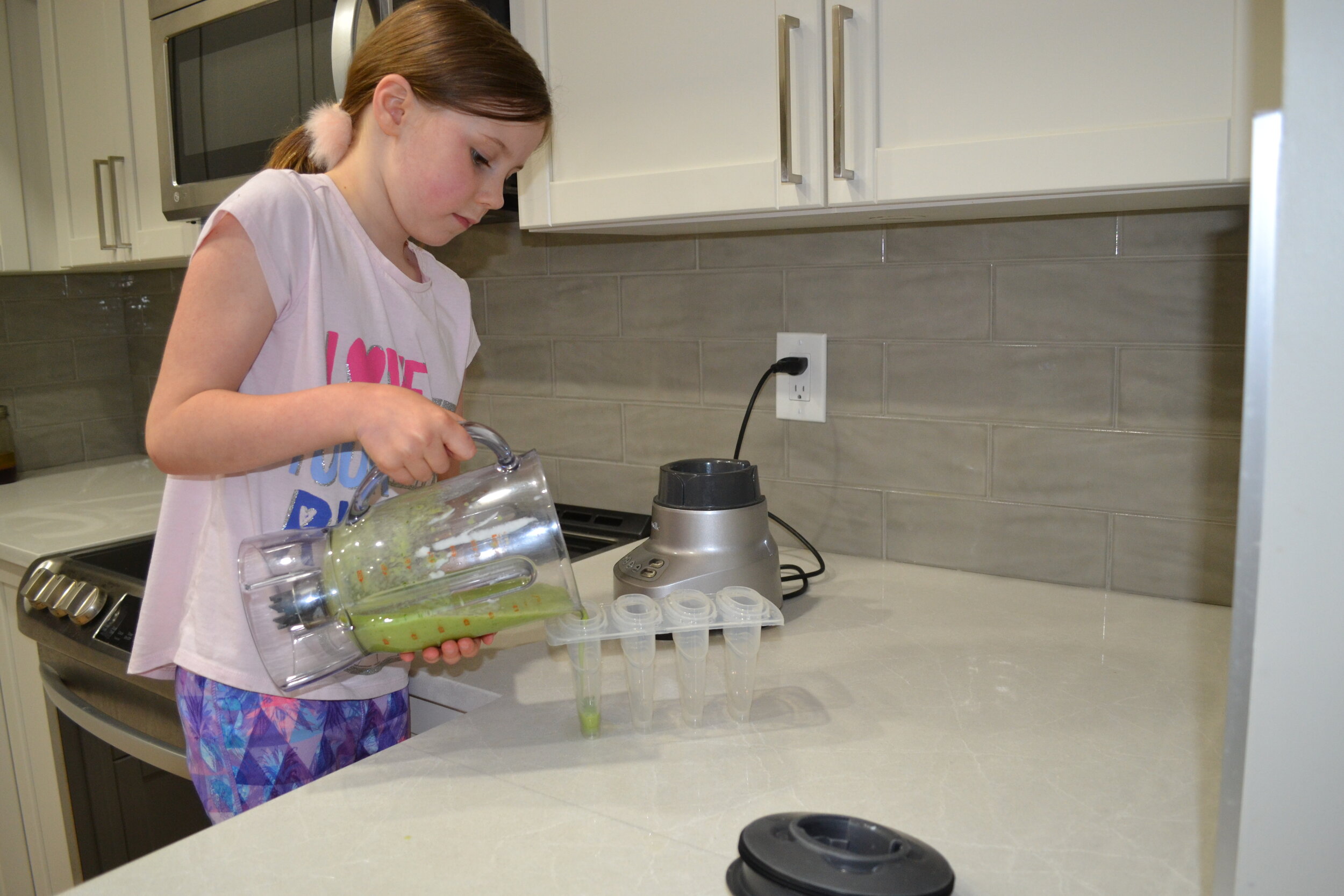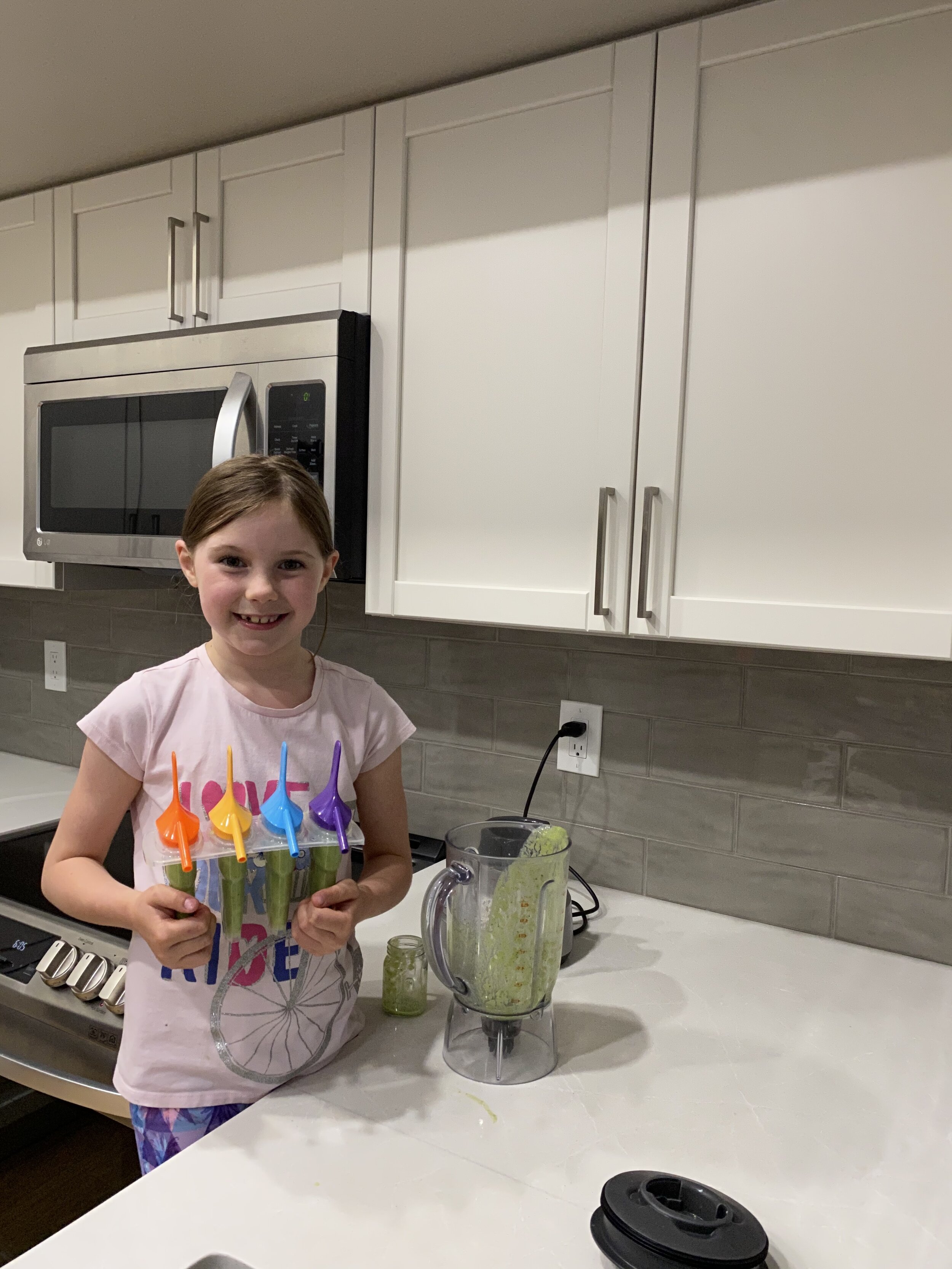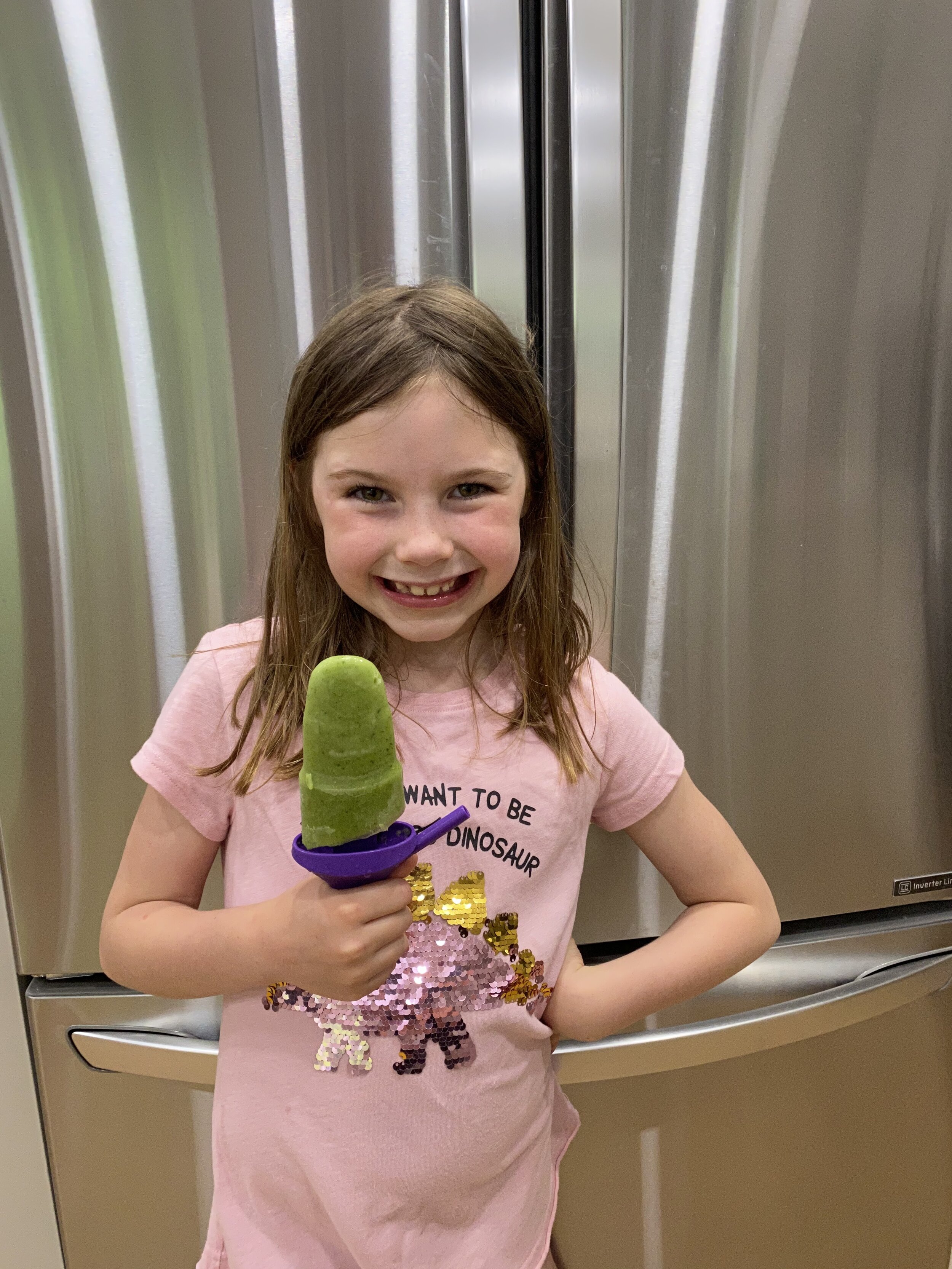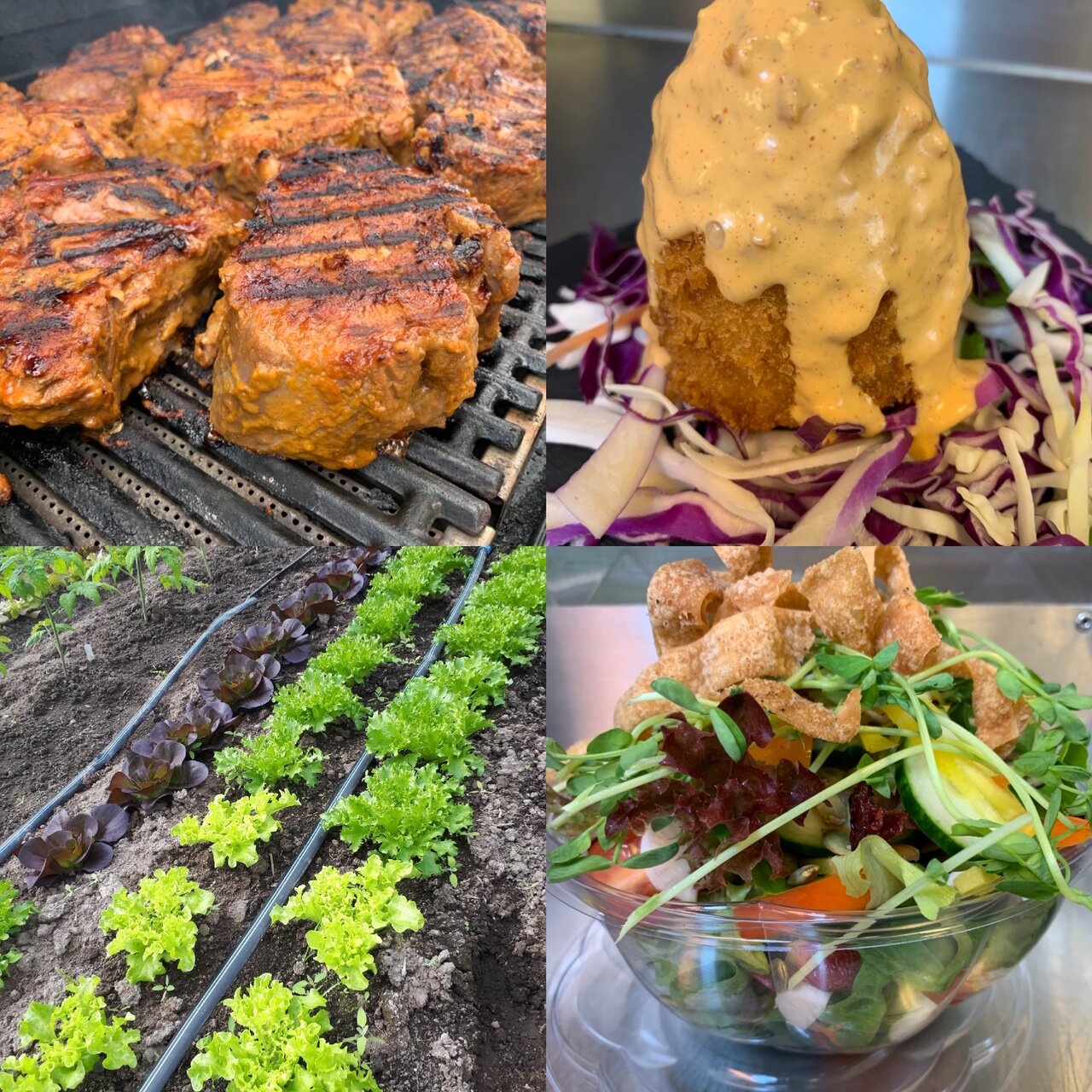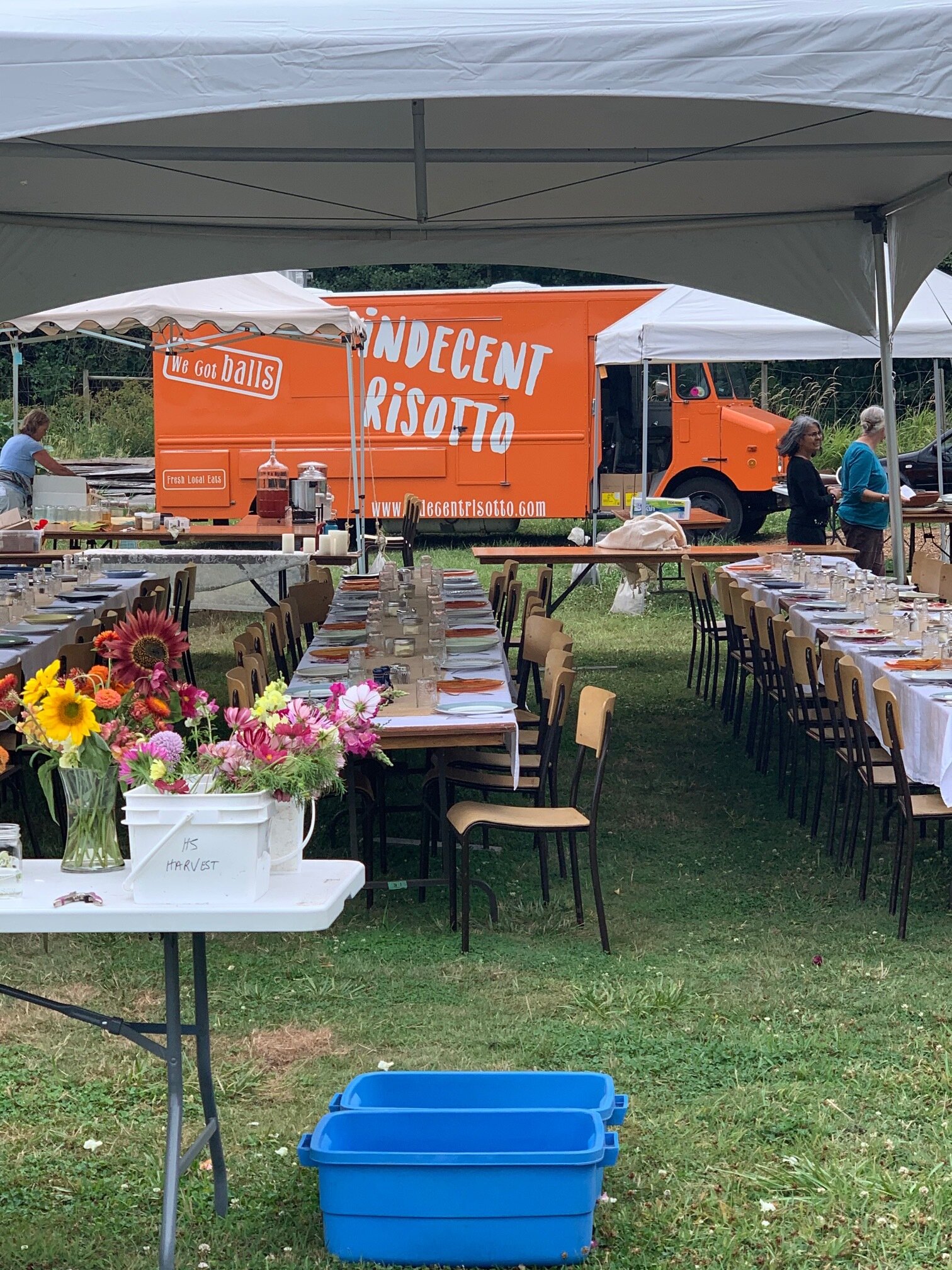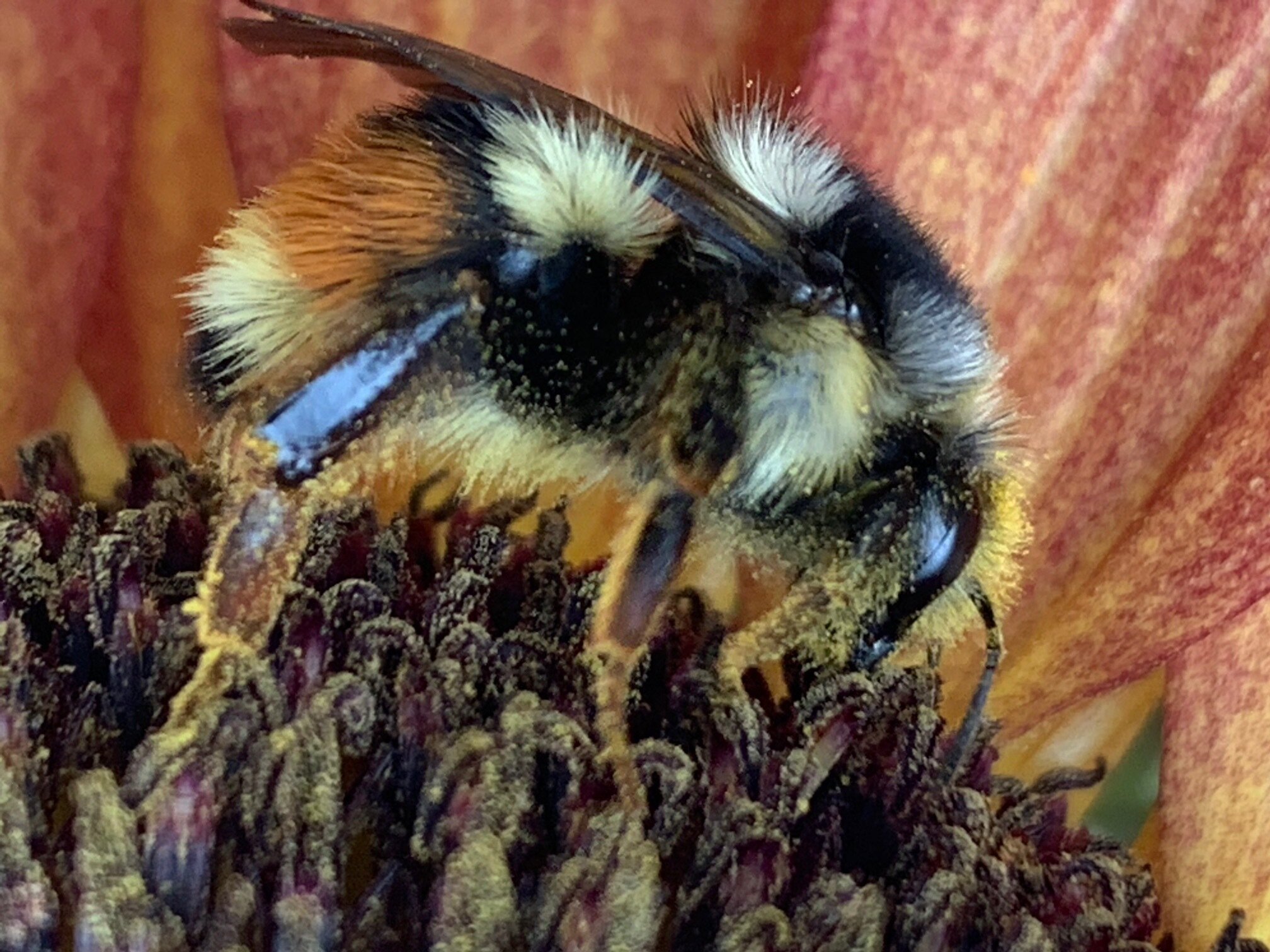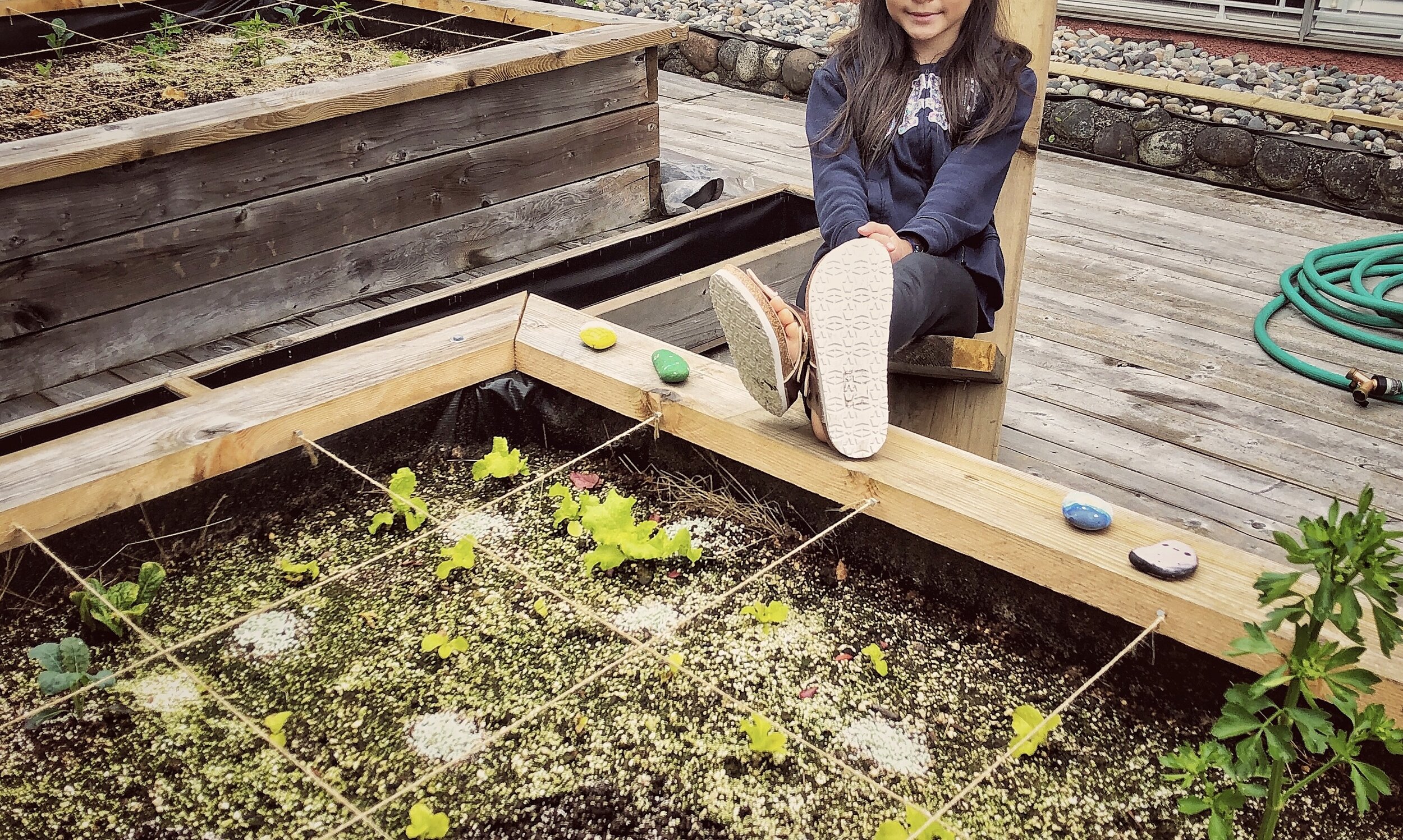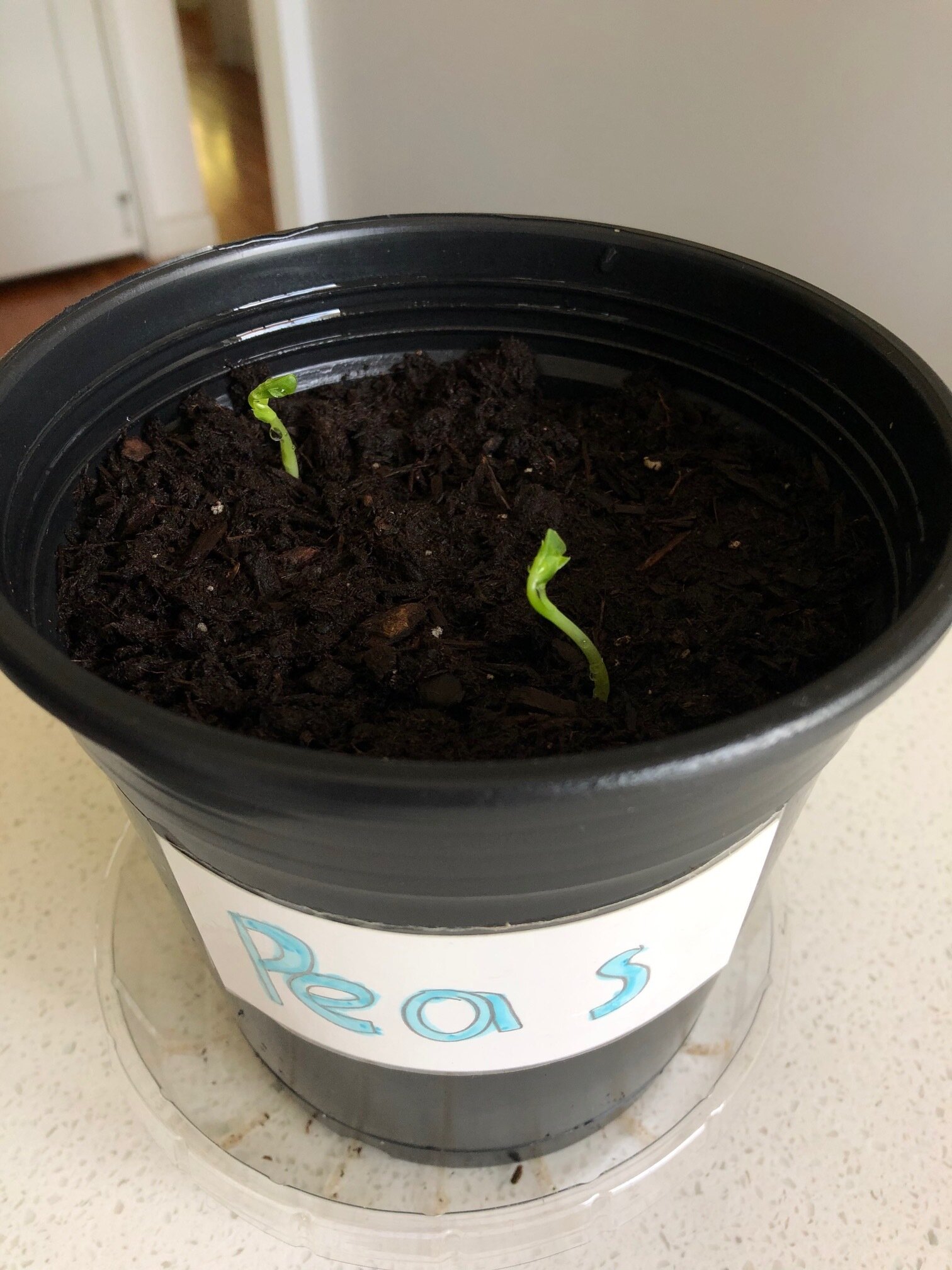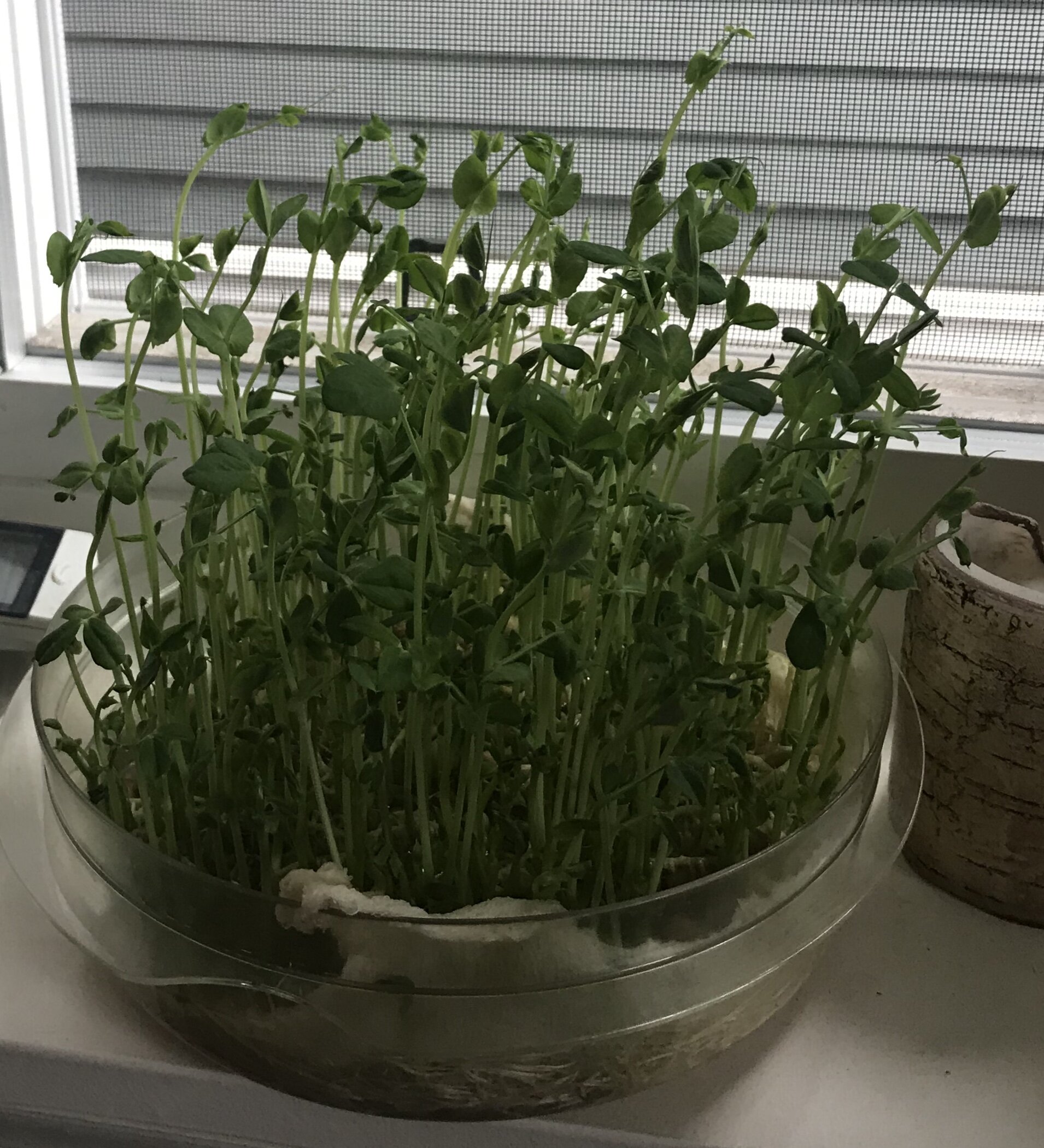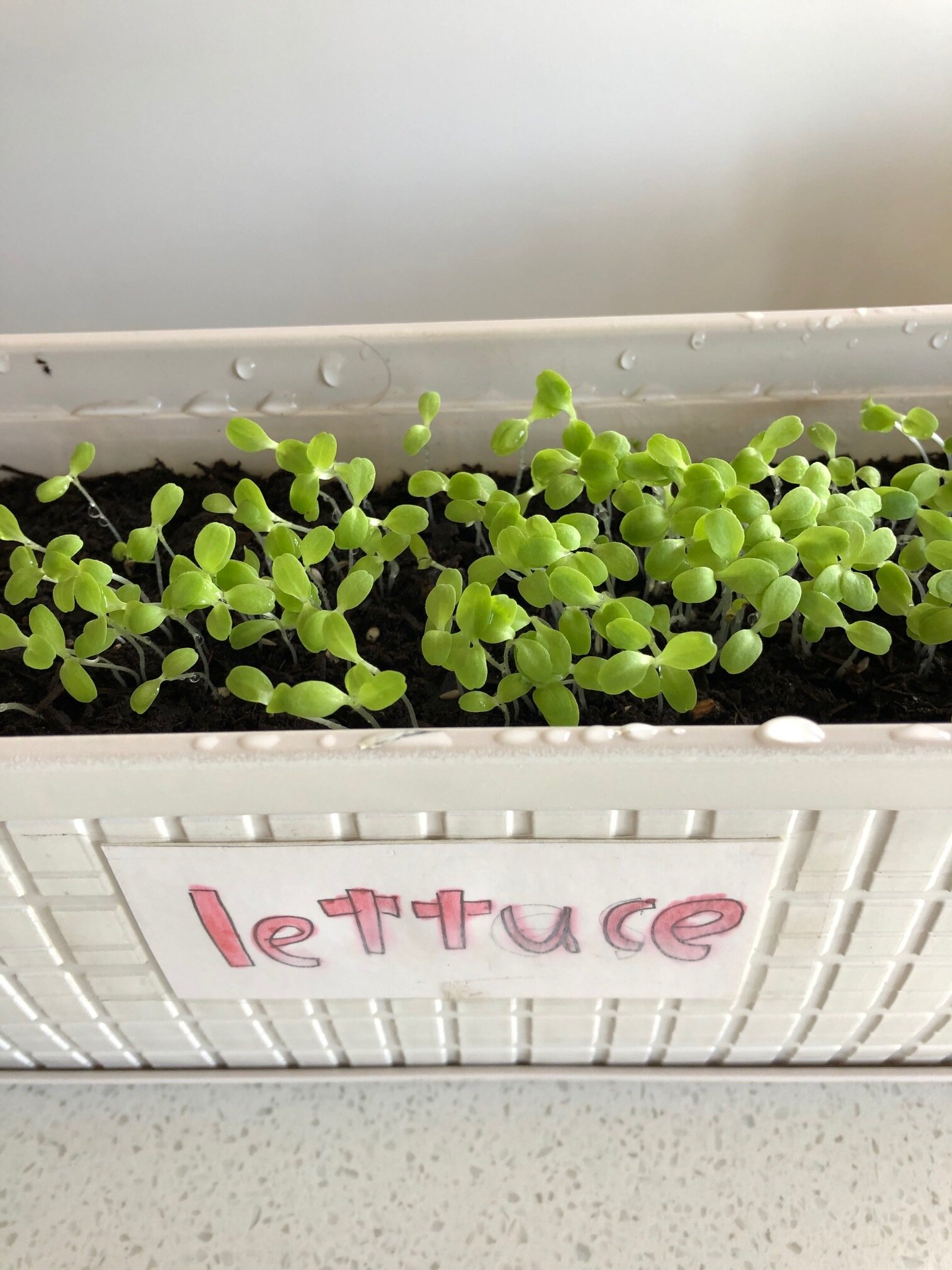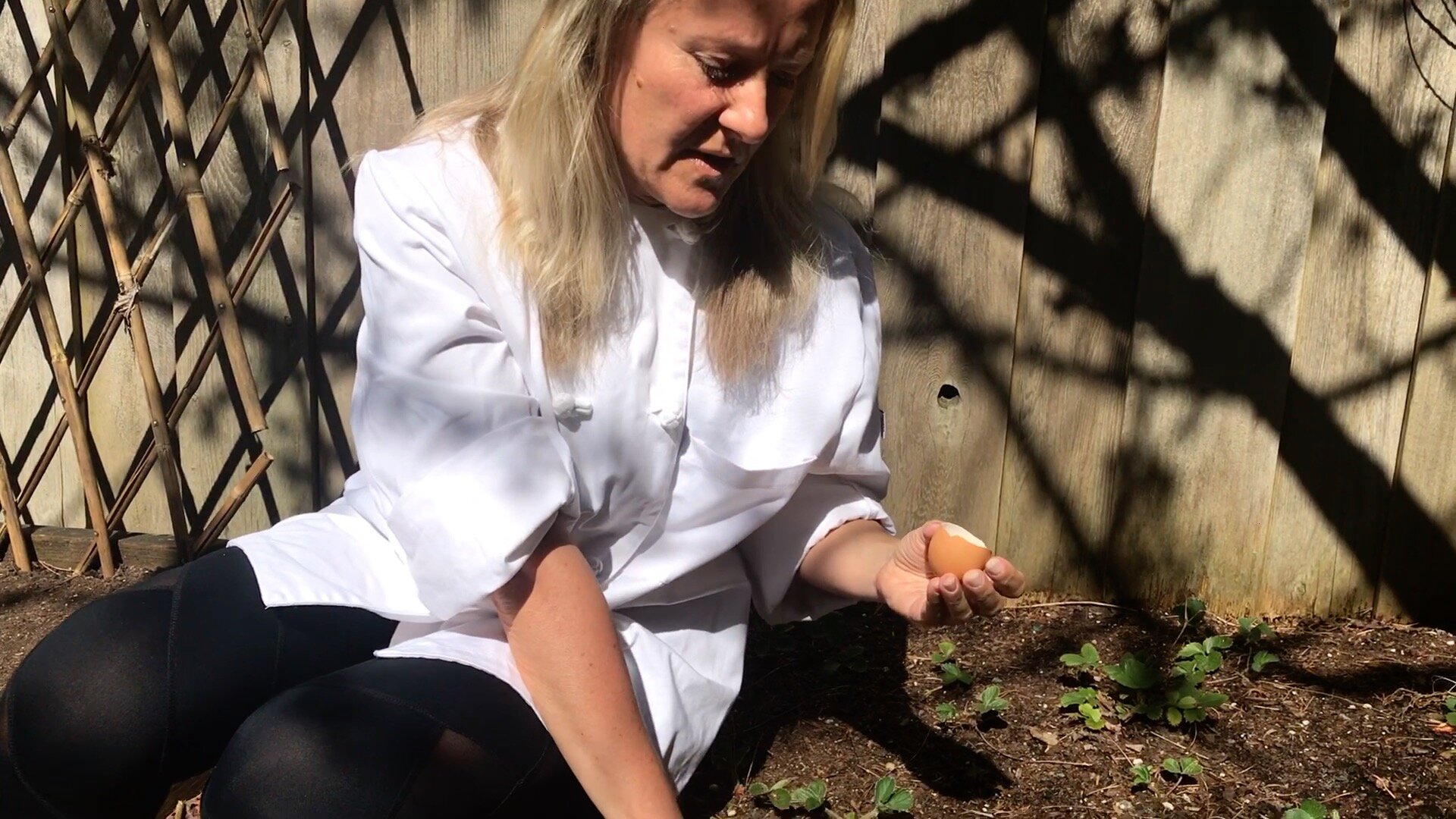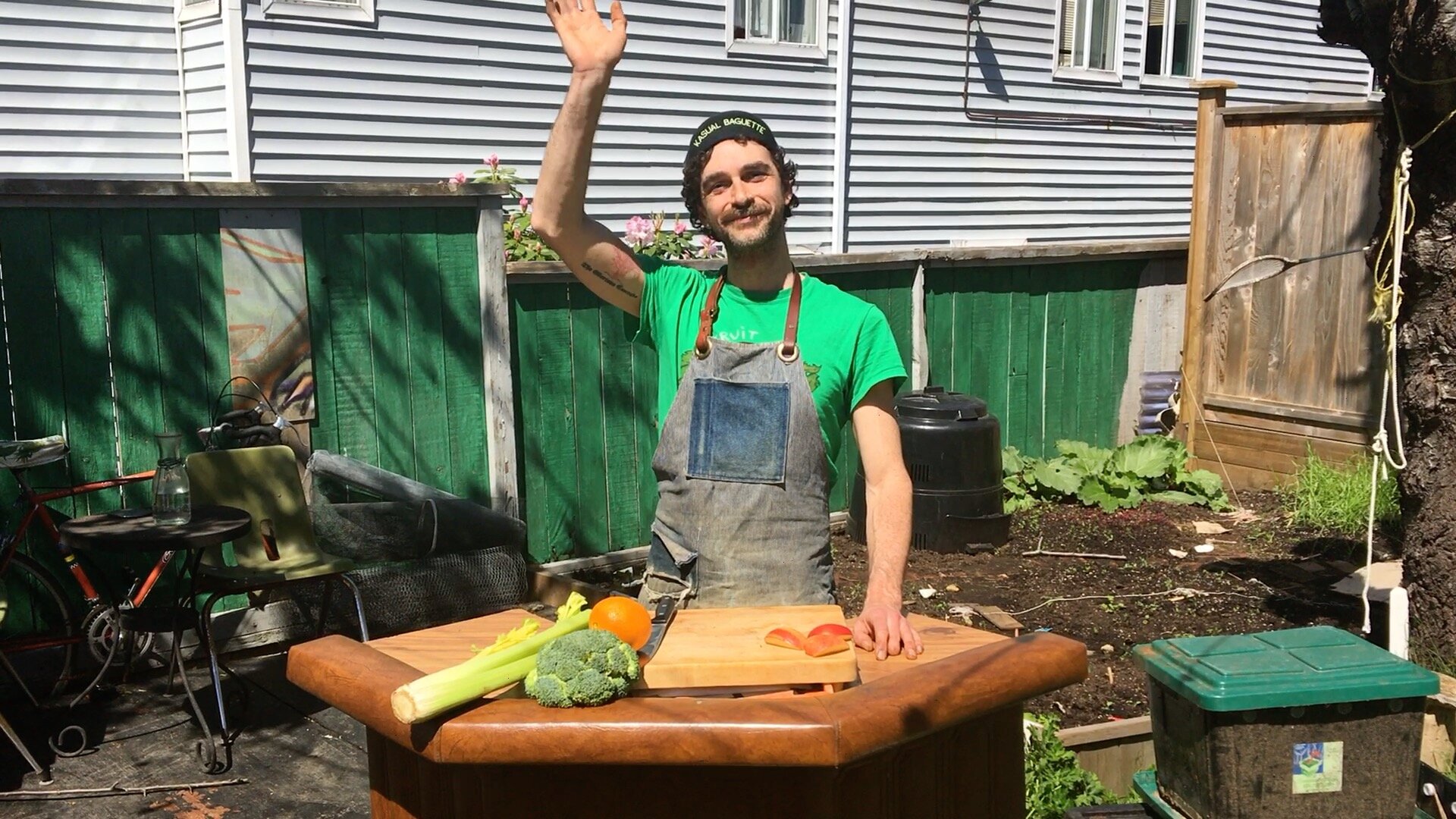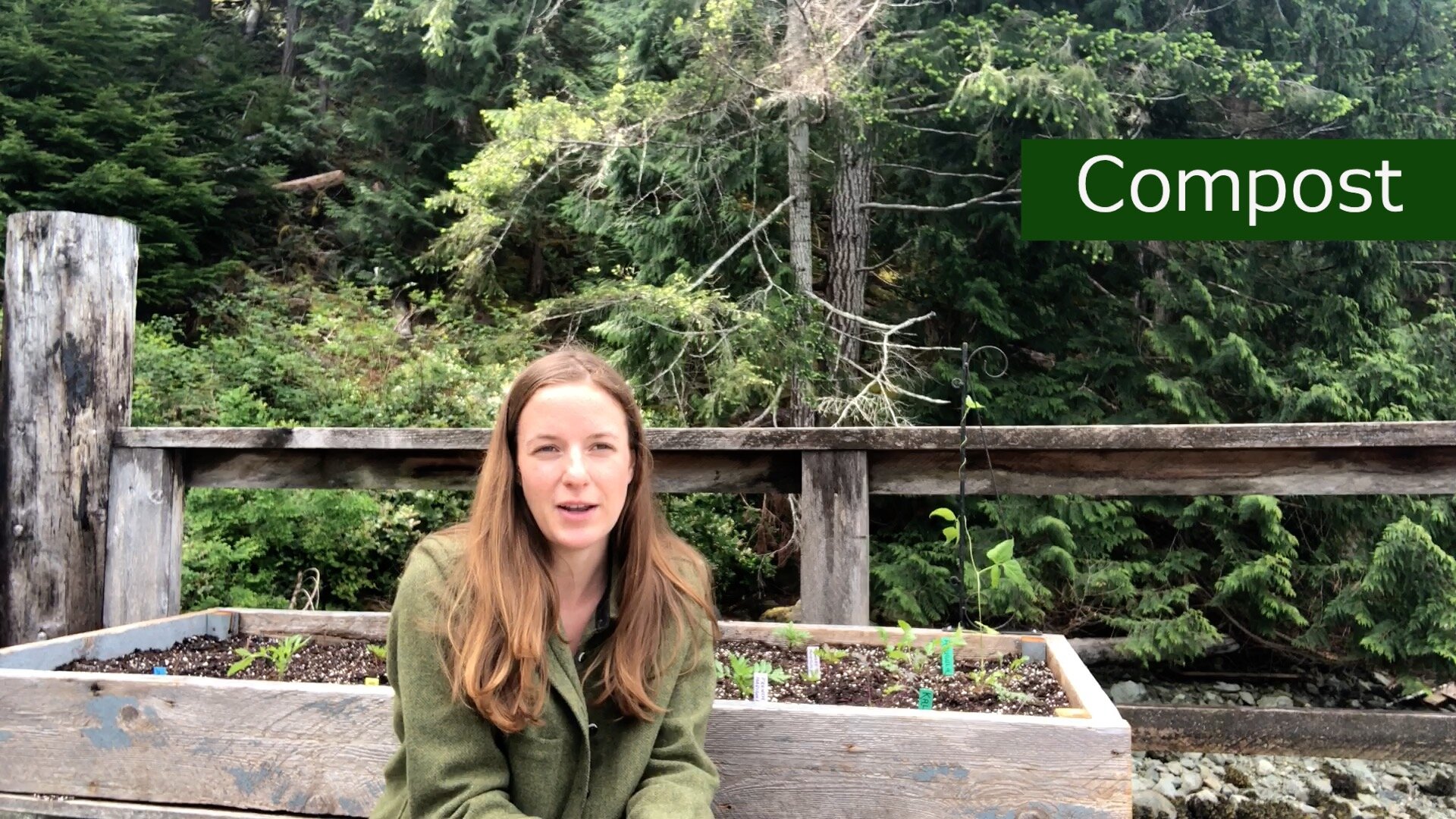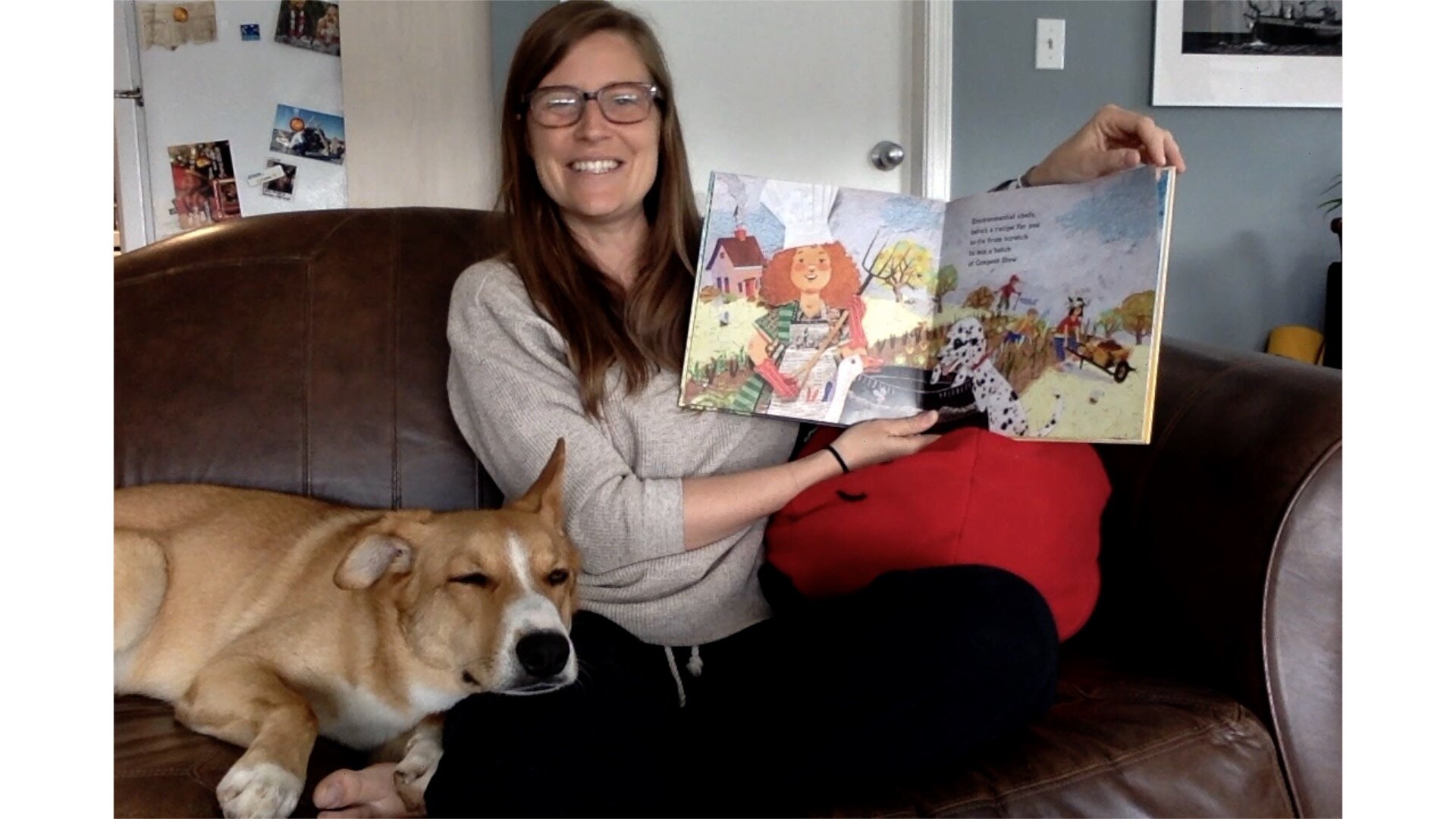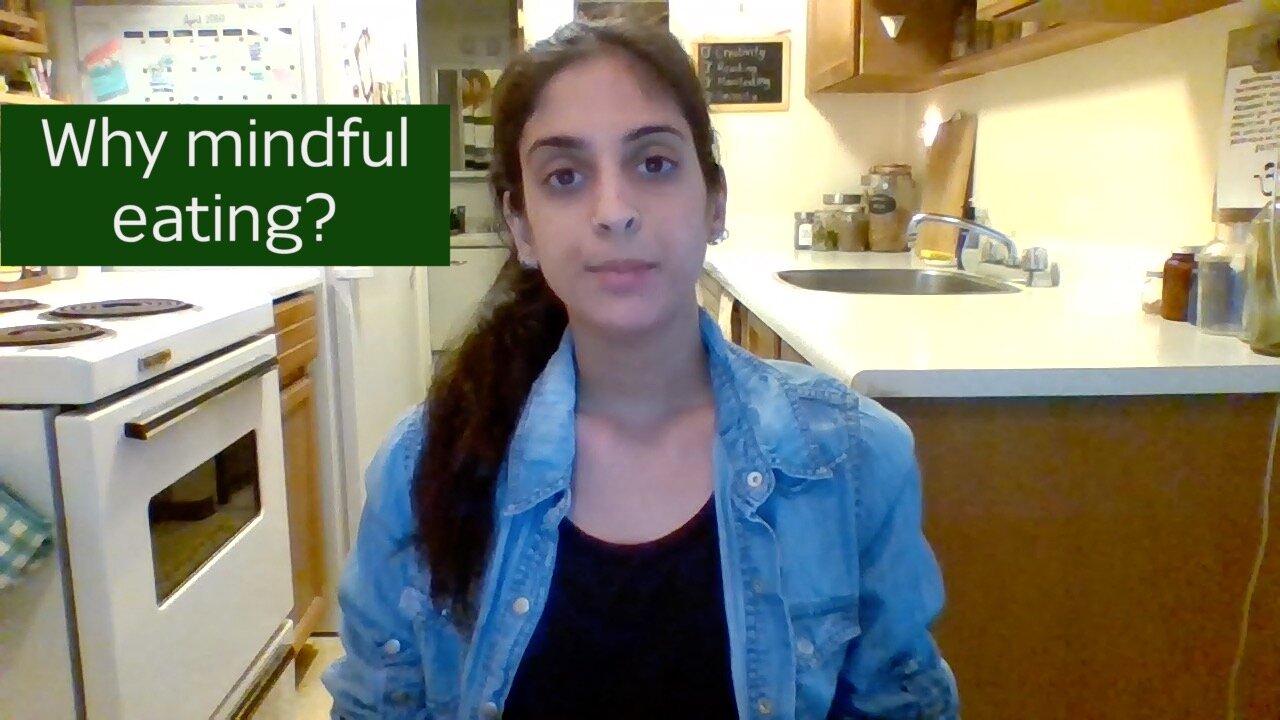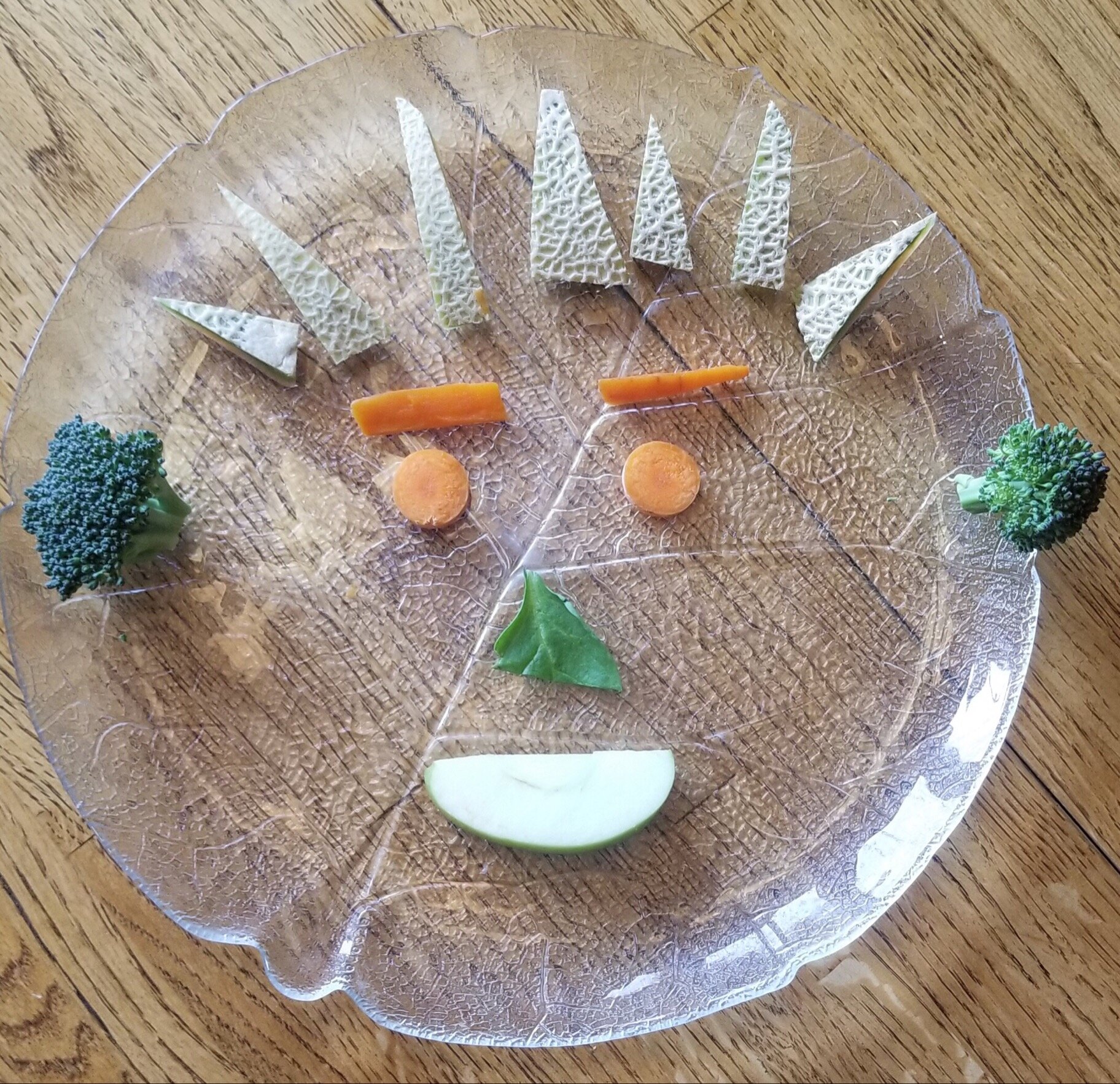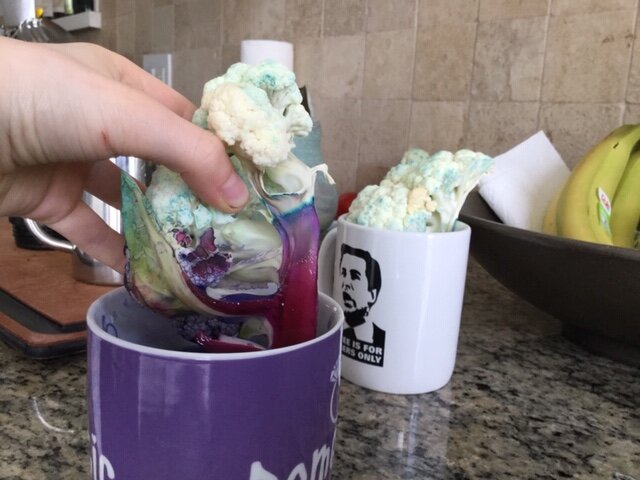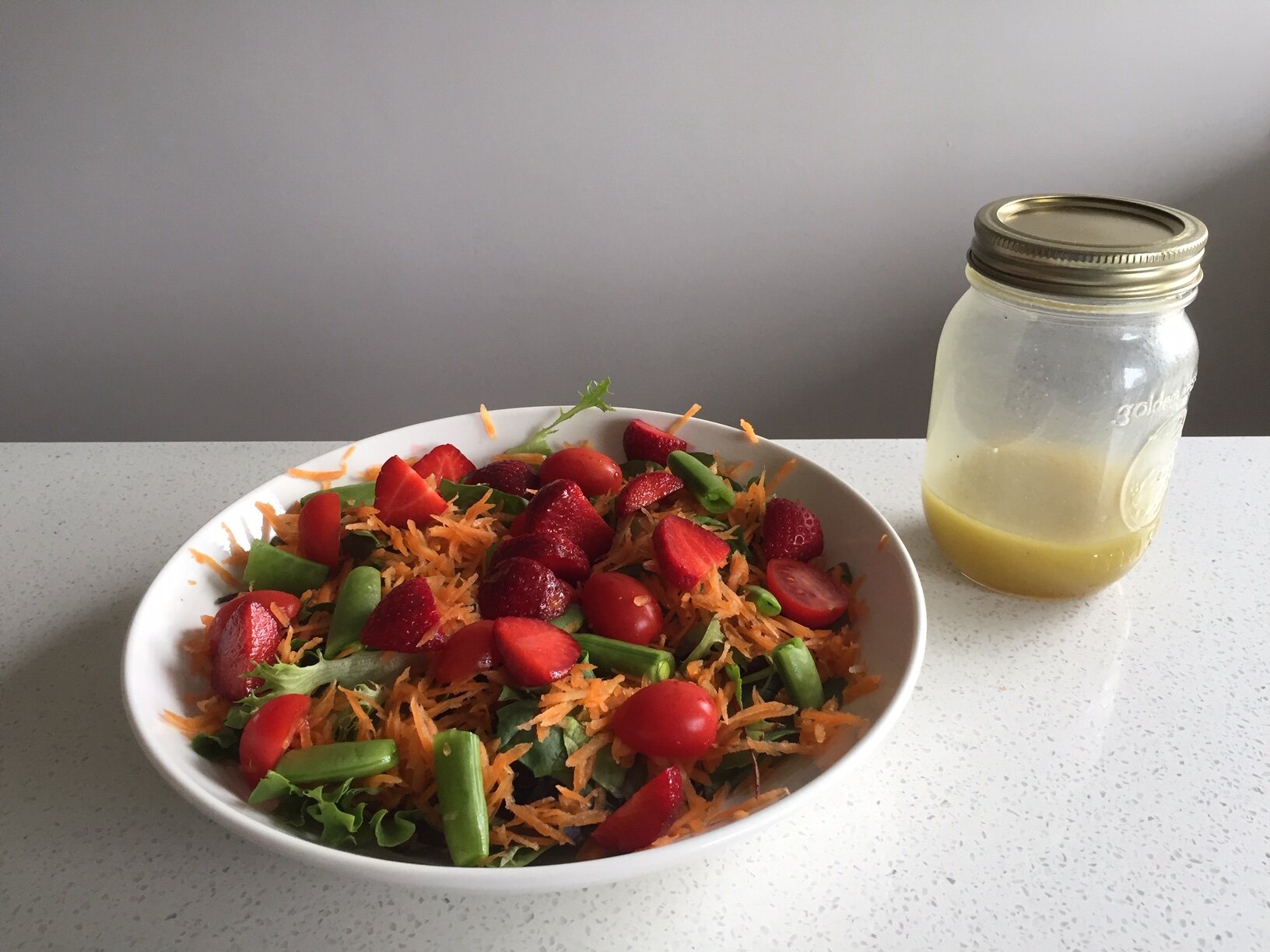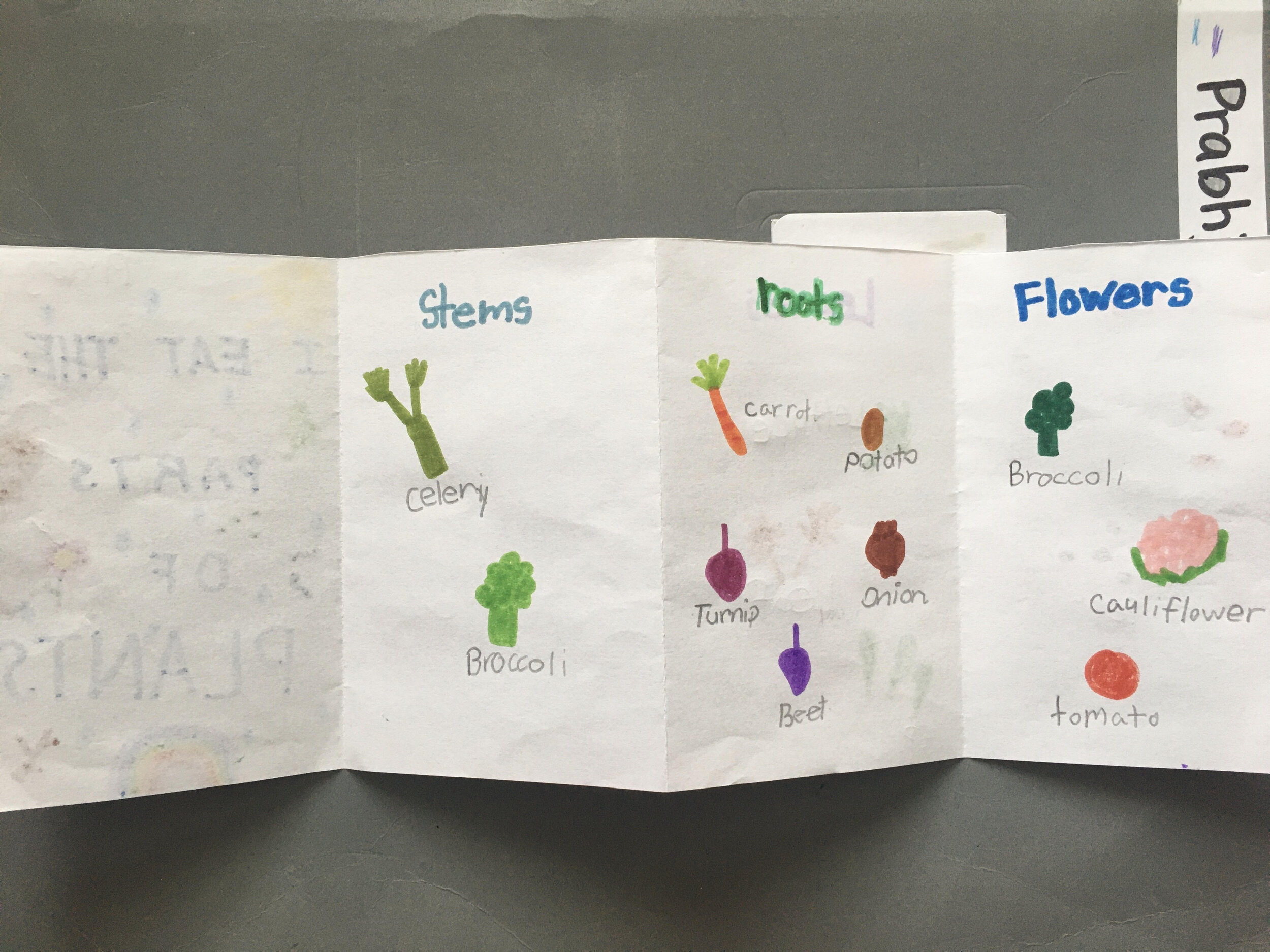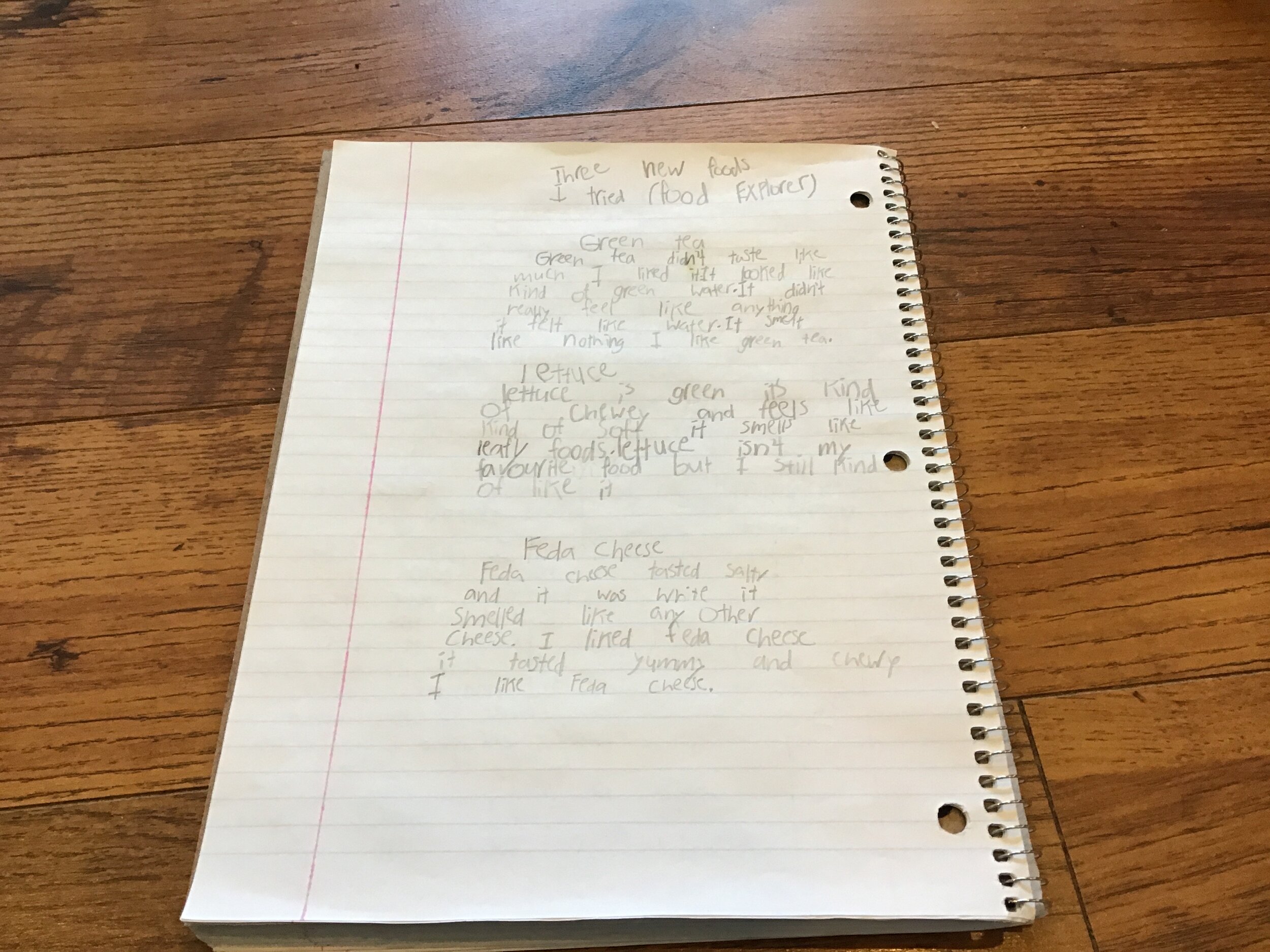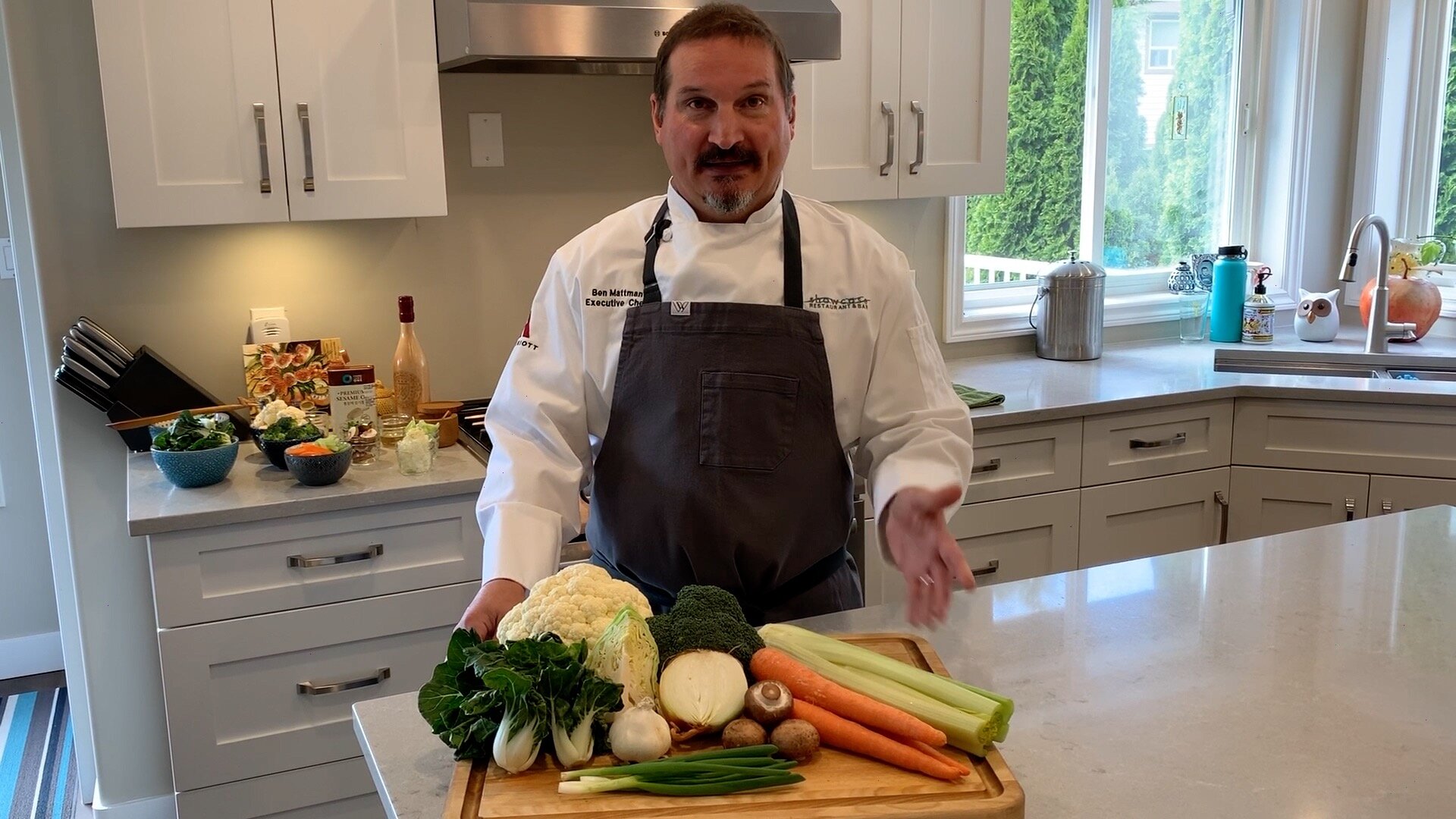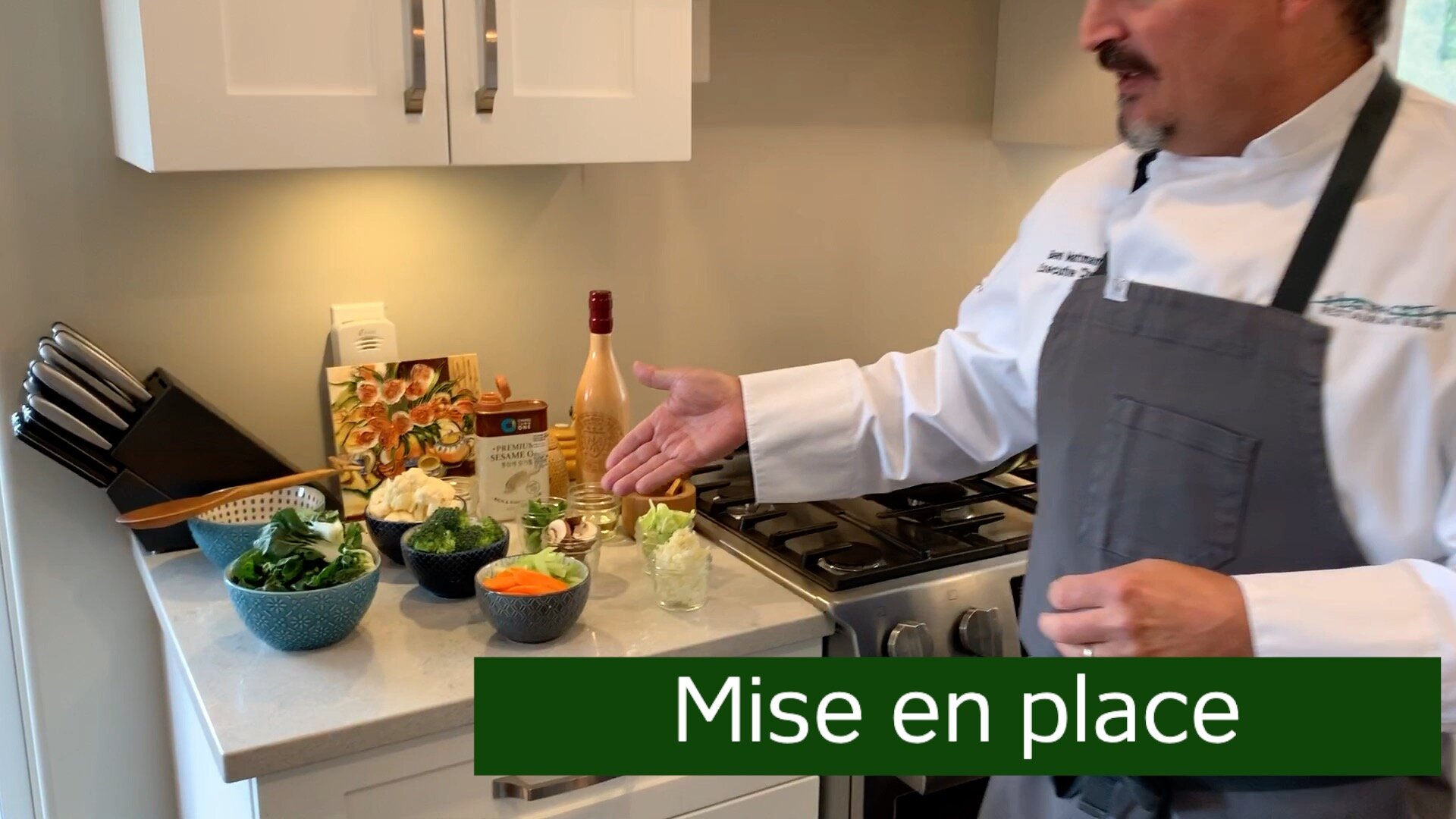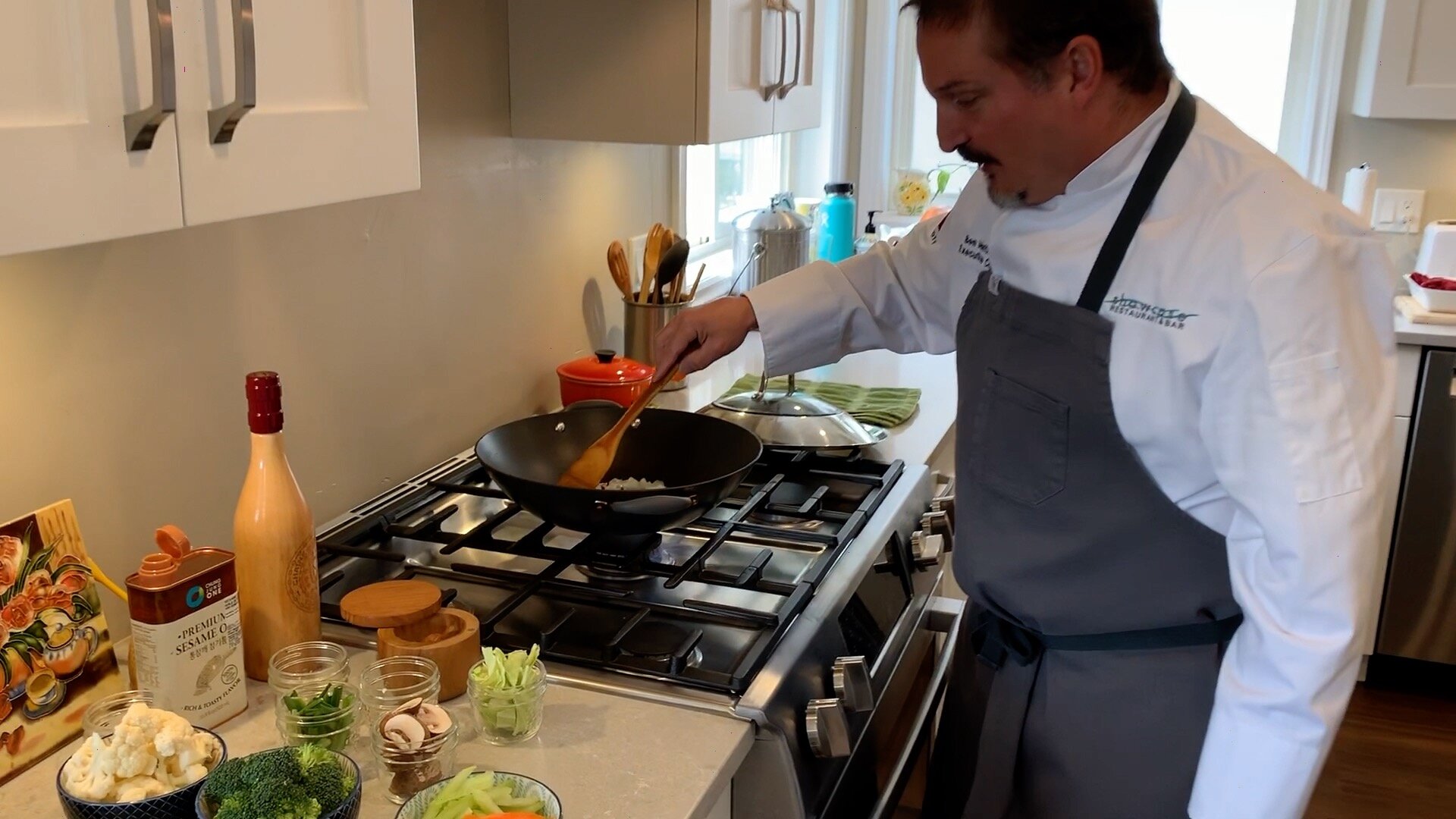Make a pollinator garden full of bee friendly flowers to attract bees to your garden or help support the gardens and farms in your neighborhood.
You Will Need:
a plant pot or any container you have on hand (a yogurt container, or used milk jug work well also). Click here for a tutorial on turning a recycled container into a plant pot.
soil
a packet of wildflower or bee friendly seeds
Instructions:
Research what flowers attract bees in your area. Wildflowers or local flowers are best for local bees. Blue, purple, white and yellow flowers are very attractive to bees.
find your seeds
find a container or a place outside to plant your seeds
plant your seeds according to the directions on the packet
watch your flowers grow and the bees buzz by
plant flowers from spring to fall so the bees have a consistent supply of nectar
What is pollination?
Pollination is when pollen is transferred from one flower to another or within one flower. When a flower is pollinated the plant can make seeds and fruit/vegetables. Bees are one way that plants pollinate. When bees land on a flower to drink its nectar, pollen from the flower sticks to the bee’s legs, the bee carries the pollen and spreads to the next flower.
Some plants like beans and peas are self-pollinating that is why you can grow them inside on your windowsill. Other vegetables like squash and some types of cucumber need to be pollinated to produce fruit and vegetables.
Pollinator questions to ponder or research:
What are some other pollinators besides bees?
What else can you put in a pollinator garden to help the pollinators? Hint...sometimes bees get thirsty!
What would happen if we didn’t have any bees?



